Products
-
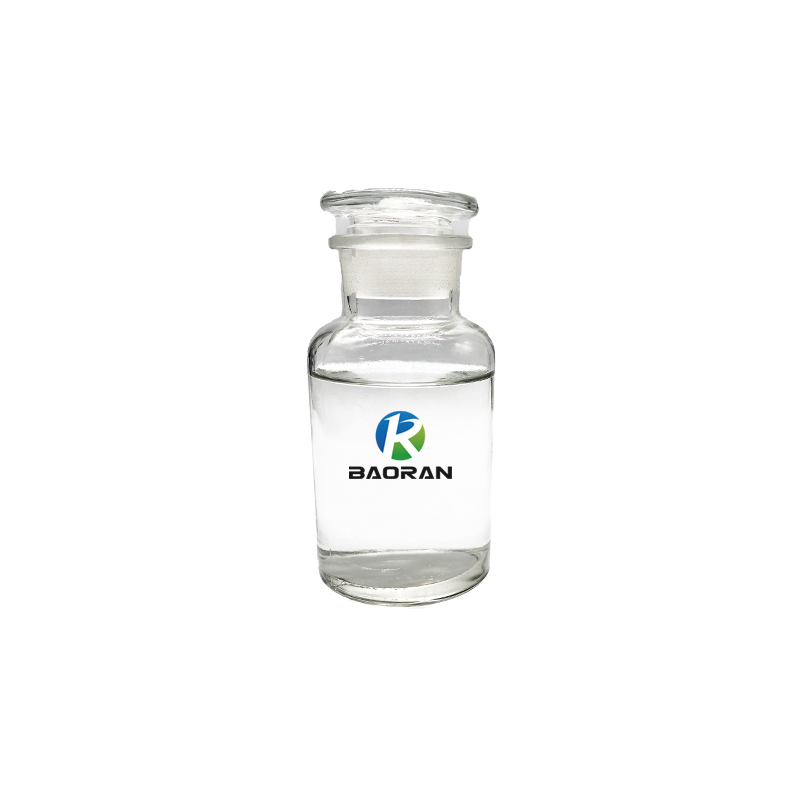
99% Caprylic/Capric Triglyceride (GTCC/MCT) CAS 65381-09-1
Chemical name: Caprylic / Capric Triglyceride
Other name: GTCC, MCT, Decanoyl/octanoyl-glycerides
CAS No.: 65381-09-1; 73398-61-5
Purity: 99%
Chemical Properties: GTCC is a mixed triester of medium-carbon fatty acids in glycerol and vegetable oil. It is a colorless, odorless, low-viscosity lipophilic emollient with extremely high antioxidant properties. Widely used in the industries of food, medicine, cosmetics. No pungency to human body. -
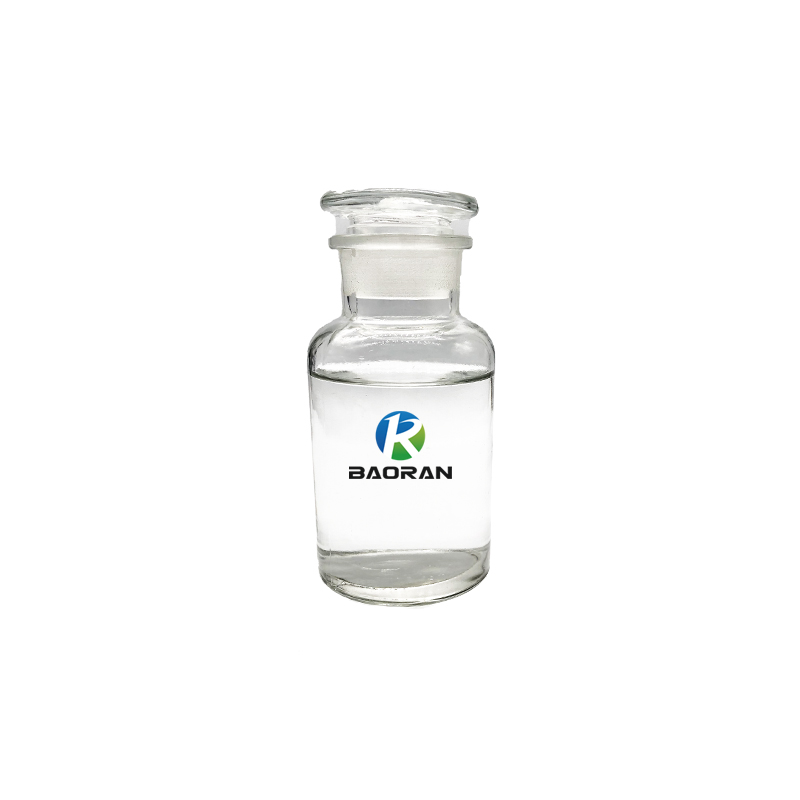
98% Isopropyl myristate (IPM) CAS 110-27-0
Chemical name: Isopropyl myristate
Other name: Myristic acid isopropyl ester, IPM, Isopropyl tetradecanoate
CAS No.: 110-27-0
Purity: 98%
Formula: CH3(CH2)12COOCH(CH3)2
Molecular Weight: 270.45
Chemical Properties: Isopropyl myristate is a colorless to pale yellow thin oily liquid, odorless and tasteless. Soluble in ethanol, ether, chloroform. Miscible with water. It has good lubricity and permeability, and can improve the affinity to the skin. It is a lower alcohol ester of higher fatty acid. Widely used in food, spices, cosmetics, etc. -
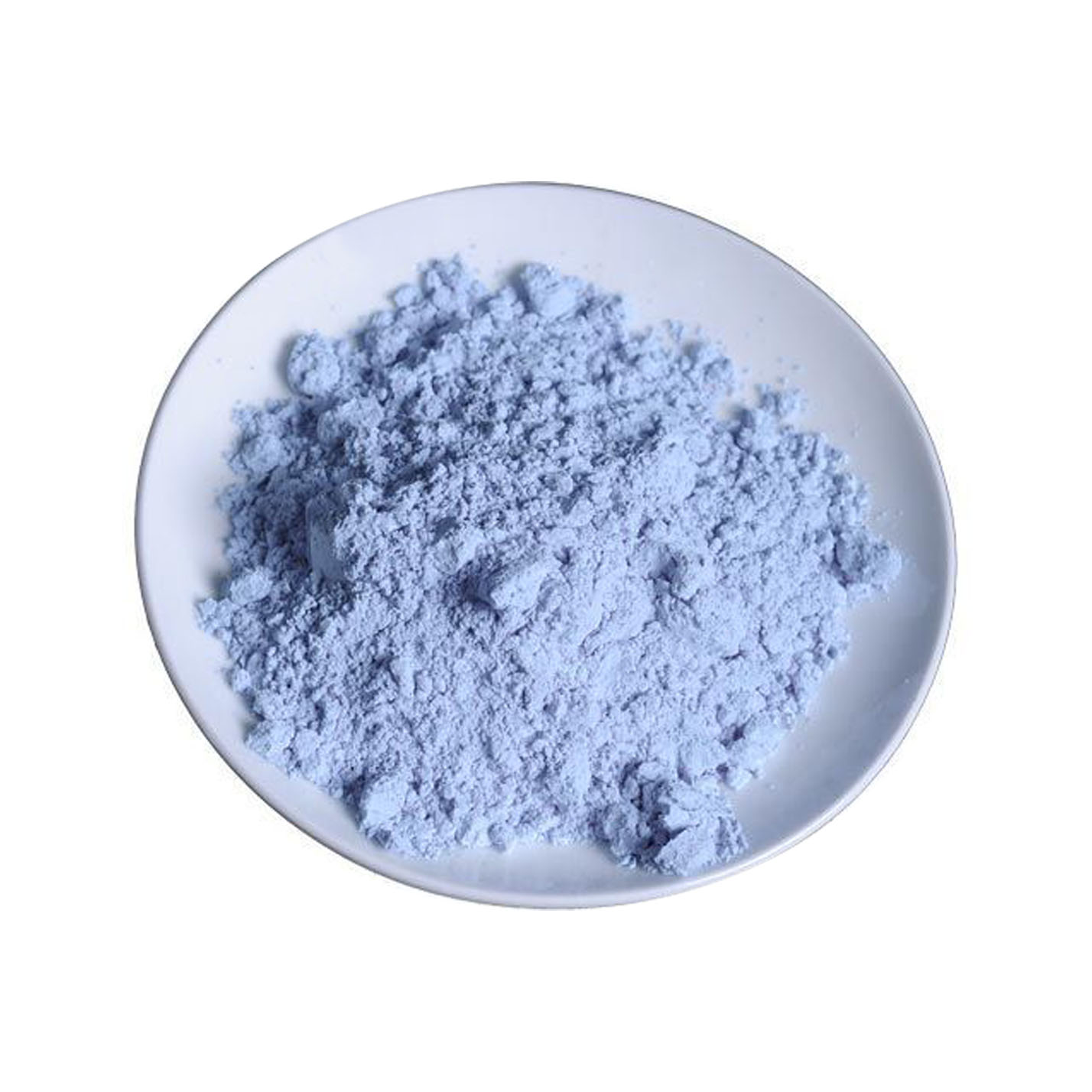
99.99% Neodymium oxide CAS 1313-97-9
Chemical name: Neodymium oxide
Other name: Neodymium(III) oxide
CAS No.: 1313-97-9
Purity: 99.99%
Molecular Formula: Nd2O3
Molecular Weight: 336.48
Chemical Properties: Neodymium oxide is a light blue powder, insoluble in water and soluble in mineral acids.
Application: Used as colorants for color TV glass face plates glassware, catalyst and also used for making magnetic material. -
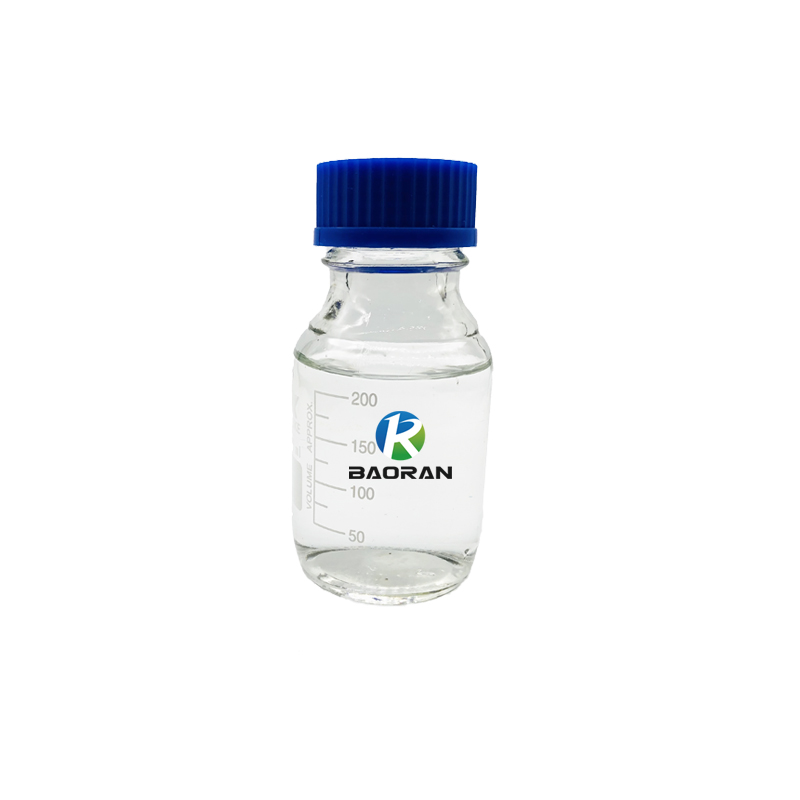
98% Isopropyl laurate (IPL) CAS 10233-13-3
Chemical name: Isopropyl laurate
Other name: IPL, 1-Methylethyldodecanoate, isopropyl dodecanoate, Lauric acid isopropyl ester
CAS No.: 10233-13-3
Purity: 98%
Formula: C15H30O2
Molecular Weight: 242.40
Chemical Properties: Isopropyl laurate (IPL) is a colorless or slightly yellow oily liquid. Soluble in ether and ethanol. Used in pharmaceutical excipients, cosmetic oily raw materials, lubricant additives, metalworking fluids, etc. -

98% Isopropyl palmitate (IPP) CAS 142-91-6
Chemical name: Isopropyl palmitate
Other name: IPP, Isopropyl hexadecanoate
CAS No.: 142-91-6
Purity: 98%
Formula: CH3(CH2)14COOCH(CH3)2
Molecular Weight: 298.50
Chemical Properties: Isopropyl palmitate (IPP) is a colorless to light yellow oily liquid, soluble in alcohol, ether, insoluble in glycerin and water. IPP has stable performance, is not easy to oxidize or produce peculiar smell, can make the skin soft without greasy feeling, is an excellent skin emollient. It is widely used in cosmetics. -
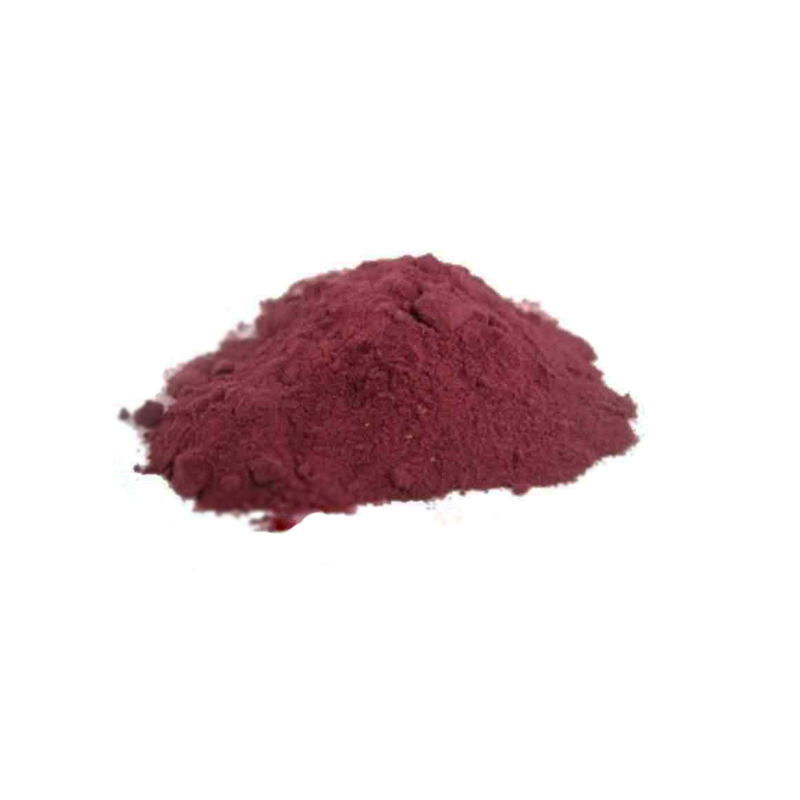
99.9% Palladium(II) chloride CAS 7647-10-1
Chemical name: Palladium(II) chloride
Other name: Palladium dichloride
CAS No.: 7647-10-1
Purity: 99.9%
Pd content: 59.5%min
Molecular Formula: PdCl2
Molecular Weight: 177.33
Appearance: Reddish-brown crystal / powder
Chemical Properties: Palladium chloride is a commonly used precious metal catalyst, which is easily deliquescent and soluble in water, ethanol, hydrobromic acid and acetone. -

99.99% Praseodymium oxide CAS 12037-29-5
Chemical name: Praseodymium oxide
Other name: Praseodymium(III,IV) oxide, Praseodymia
CAS No.: 12037-29-5
Purity: 99.9%
Molecular Formula: Pr6O11
Molecular Weight: 1021.44
Chemical Properties: Praseodymium oxide is a dark powder, insoluble in water and soluble in mineral acids.
Application: yellow pigment in ceramics and RE permanent magnets alloys, etc. -
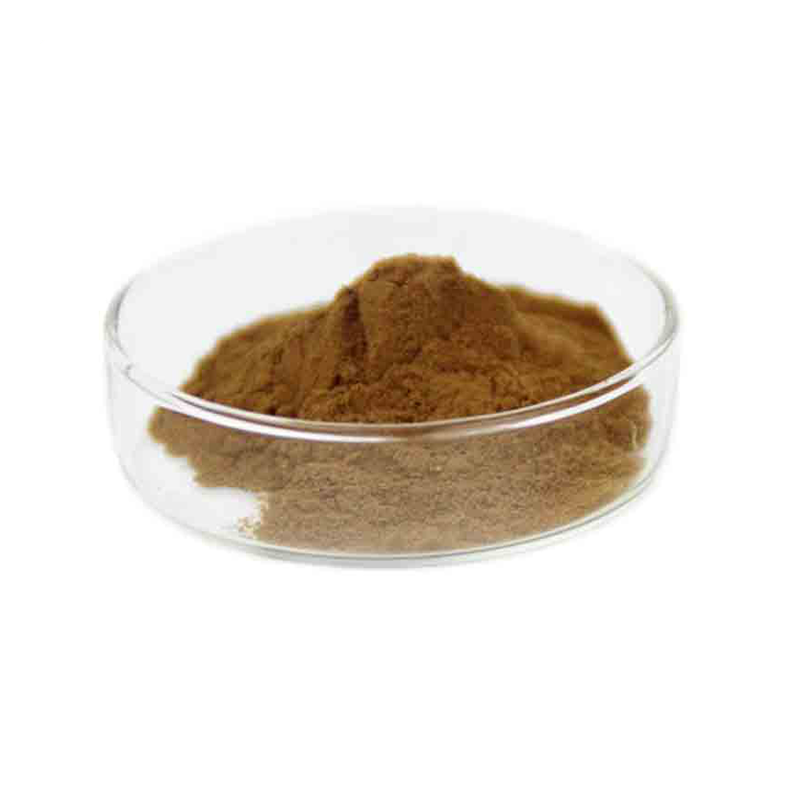
99.9% Palladium(II) acetate CAS 3375-31-3
Chemical name: Palladium(II) acetate
Other name: Palladium diacetate
CAS No.: 3375-31-3
Purity: 99.9%
Pd content: 47.4%min
Molecular Formula: Pd(CH3COO)2, Pd(OAc)2
Molecular Weight: 224.51
Appearance: Brown yellow powder
Chemical Properties: Palladium acetate is a yellowish brown powder, soluble in organic solvents such as chloroform, dichloromethane, acetone, acetonitrile, diethyl ether, and will decompose in hydrochloric acid or KI aqueous solution. Insoluble in water and aqueous sodium chloride, sodium acetate and sodium nitrate solutions, insoluble in alcohol and petroleum ether. Palladium acetate is a typical palladium salt soluble in organic solvents, which can be widely used to induce or catalyze various types of organic synthesis reactions. -
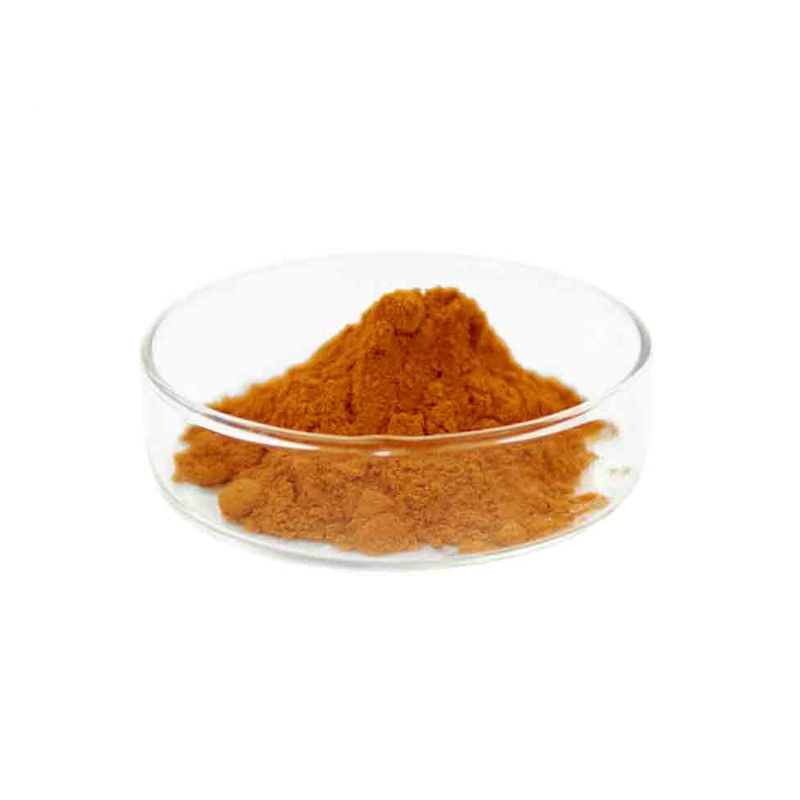
99.9% Sodium tetrachloropalladate(II) CAS 13820-53-6
Chemical name: Sodium tetrachloropalladate(II)
Other name: Palladium(II) sodium chloride
CAS No.: 13820-53-6
Purity: 99.9%
Pd content: 36%min
Molecular Formula: Na2PdCl4
Molecular Weight: 294.21
Appearance: Brown crystalline powder
Chemical Properties: Sodium tetrachloropalladate(II) is a brown crystalline powder. insoluble in cold water. -

99.9% Tetrakis(triphenylphosphine)palladium(0) CAS 14221-01-3
Chemical name: Tetrakis(triphenylphosphine)palladium(0)
Other name: Pd(PPh3)4, Palladium-tetrakis(triphenylphosphine)
CAS No.: 14221-01-3
Purity: 99.9%
Pd content: 9.2%min
Molecular Formula: Pd[(C6H5)3P]4
Molecular Weight: 1155.56
Appearance: Yellow or greenyellow powder
Chemical Properties: Pd(PPh3)4 is a yellow or greenyellow powder, soluble in benzene and toluene, insoluble in ether and alcohol, sensitive to air, and stored in cold storage away from light. Pd(PPh3)4, as an important transition metal catalyst, can be used to catalyze a variety of reactions such as coupling, oxidation, reduction, elimination, rearrangement, and isomerization. Its catalytic efficiency is very high, and it can catalyze many reactions that are difficult to occur under the action of similar catalysts. -

99.9% Chloroplatinic acid CAS 18497-13-7
Chemical name: Chloroplatinic acid hexahydrate
Other name: Chloroplatinic acid, Platinic chloride hexahydrate, Hexachloroplatinic acid hexahydrate, Hydrogen hexachloroplatinate(IV) hexahydrate
CAS No.: 18497-13-7
Purity: 99.9%
Pt content: 37.5%min
Molecular Formula: H2PtCl6·6H2O
Molecular Weight: 517.90
Appearance: Orange crystal
Chemical Properties: Chloroplatinic acid is orange crystal with pungent odor, easy to deliquescence, soluble in water, ethanol and acetone. It is an acidic corrosive product, which is corrosive and has strong moisture absorption in the air. When heated to 360 0C, it decomposes into hydrogen chloride gas and generates platinum tetrachloride. Reacts violently with boron trifluoride. It is the active ingredient of hydrodehydrogenation catalyst in petrochemical industry, used as analytical reagents and catalysts, precious metal coating, etc. -

99.9% Platinum(IV) oxide CAS 1314-15-4
Chemical name: Platinum(IV) oxide
Other name: Adam’s catalyst, Platinum dioxide, Platinic oxide
CAS No.: 1314-15-4
Purity: 99.9%
Pt content: 80%min
Molecular Formula: PtO2
Molecular Weight: 227.08
Appearance: Black powder
Chemical Properties: Platinum(IV) oxide is a black powder, insoluble in water, concentrated acid and aqua regia. It is widely used as a catalyst for hydrogenation in organic synthesis. -

99.99% Cerium oxide CAS 1036-38-3
Chemical name: Cerium oxide
Other name: Cerium(IV) oxide, Cerium dioxide, Ceric oxide, Ceric oxide, ceria
CAS No.: 1036-38-3
Purity: 99.99%
Molecular Formula: CeO2
Molecular Weight: 172.11
Chemical Properties: Cerium oxide is a light yellow powder, insoluble in water and difficult to soluble in mineral acids. Used for glass polishing compounds, precipitating and decoloring agents and also used in ceramic, catalysts and electronics industries, etc. -
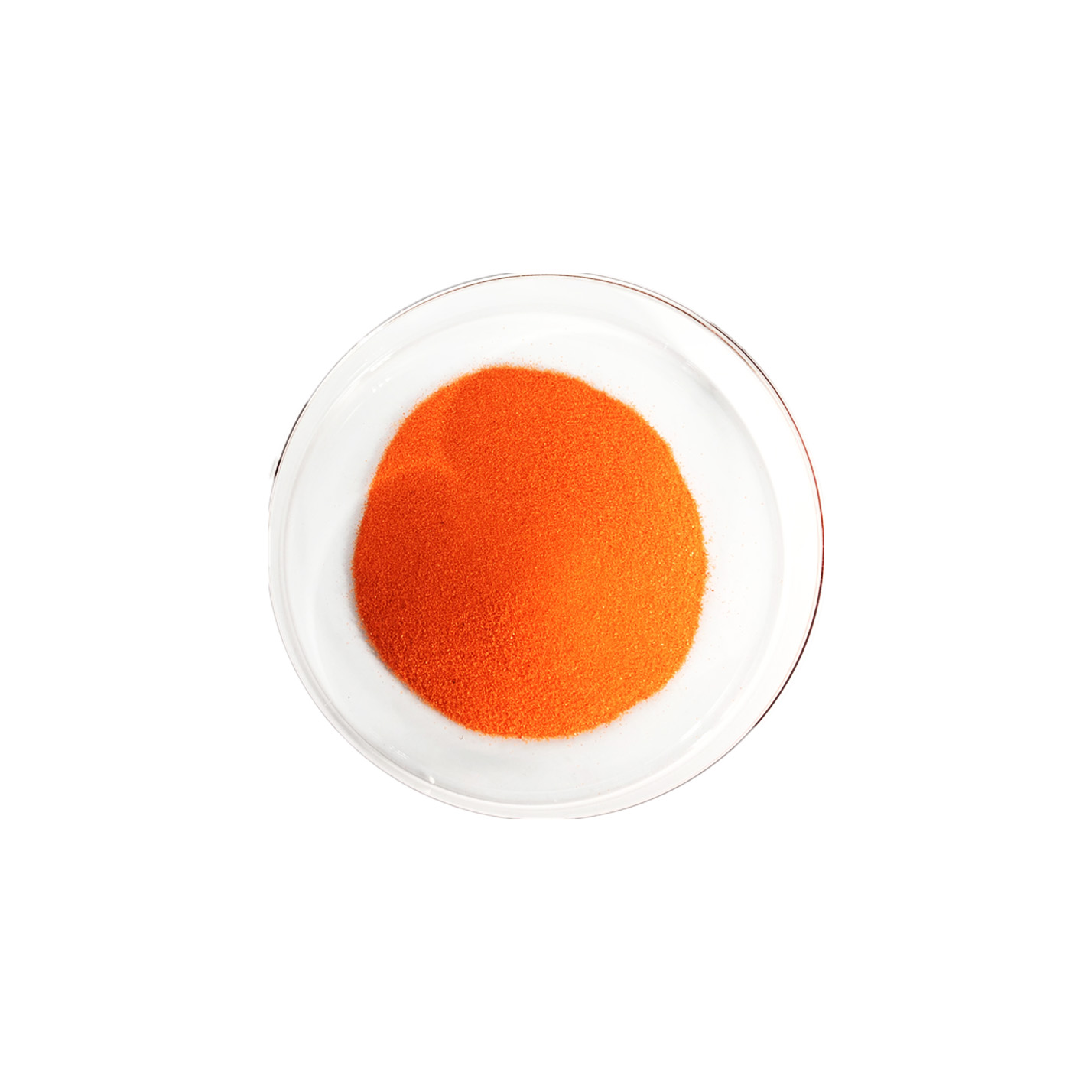
99.9% Potassium tetrachloroplatinate(II) CAS 10025-99-7
Chemical name: Potassium tetrachloroplatinate(II)
Other name: Potassium platinum(II) chloride, Dipotassium tetrachloroplatinate
CAS No.: 10025-99-7
Purity: 99.9%
Pt content: 46.4%min
Molecular Formula: K2PtCl4
Molecular Weight: 415.09
Appearance: Orange red crystal powder
Chemical Properties: Potassium tetrachloroplatinate(II) is red crystalline powder, soluble in water, insoluble in alcohol and organic reagents, stable in air. Widely used as a starting material for the manufacture of various platinum complexes and drugs. It is also used in the preparation of precious metal catalysts and precious metal plating. -
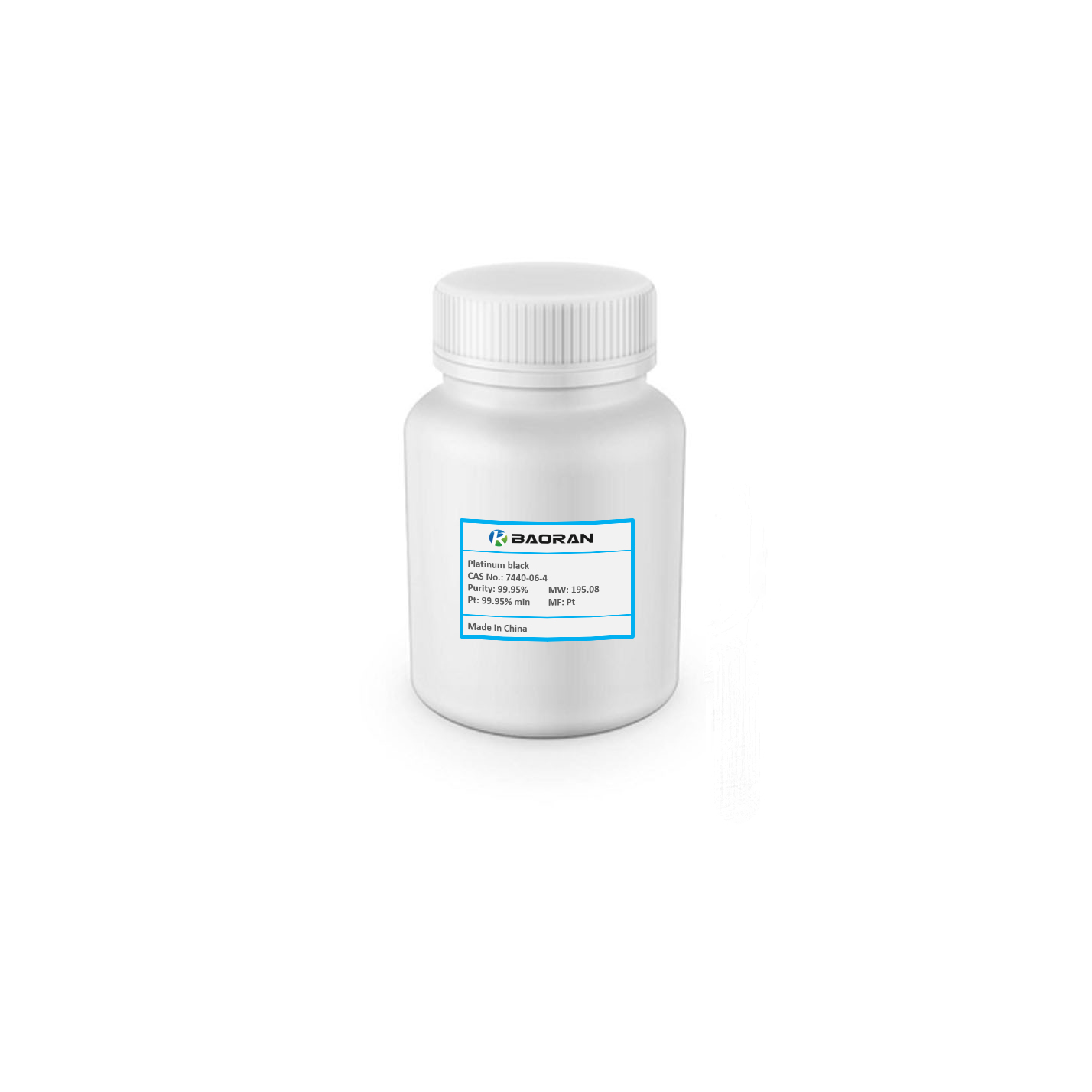
99.95% Platinum black CAS 7440-06-4
Chemical name: Platinum black
Other name: Pt black
CAS No.: 7440-06-4
Purity: 99.95%
Pt content: 99.95%min
Molecular Formula: Pt
Molecular Weight: 195.08
Appearance: Uniform black sponge
Chemical Properties: Platinum black is a black powder/sponge, insoluble in inorganic or organic acids. Soluble in aqua regia. Used as catalyst, gas absorbent, etc.